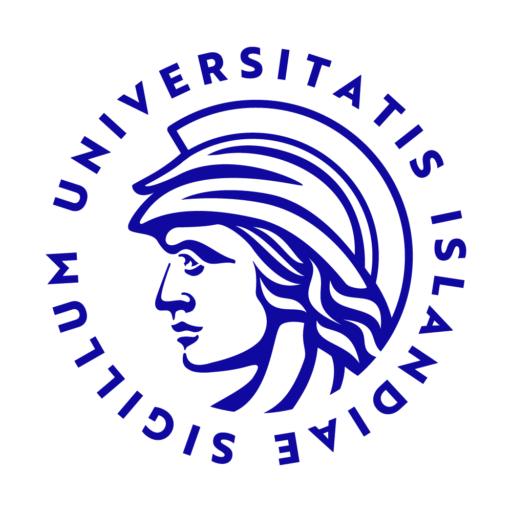Main author: Mohsen Rafiei
Institution or Company: University of Iceland
Co-Authors, Institution or Company:
Andrey Chetverikov, Donders Institute for Brain, Cognition and Behavior, Radboud University. Sabrina Hansmann-Roth, SCALab—Sciences Cognitives et Sciences Affectives, Université de Lille. Árni Kristjansson, Faculty of Psychology, University of Iceland.
Introduction: Recent studies have shown that our perception could be biased by what we have seen recently, but these biases’ magnitude and direction vary. But, what determines this dependence between previous input and current perception? Similarity (proximity in feature space) and attention are two possibilities that have been considered as potential influences on such biases.
Methods: In four experiments, we investigated how attended (target) and ignored (distractors) visual search items bias the perceived orientation of an irrelevant test object while manipulating test-to-target and test-to-distractor similarity.
Results: Results indicate that ignored and attended items produce opposite (repulsive and attractive) biases upon an irrelevant item’s perceived orientation. Still, this effect was moderated by proximity in feature space. Attended items (targets) produced strong, attractive biases when they were similar to the test stimuli but no biases when they were dissimilar. In contrast, ignored items (distractors) created weaker attractive biases when they are similar to the test items but repulsive biases when they were dissimilar.
Conclusion: Overall, our results provide a glimpse into the bag of tricks that the visual system uses to stabilize visual perception over time and that both attention and similarity affect biases in perception.

